Electric Vehicle Charging
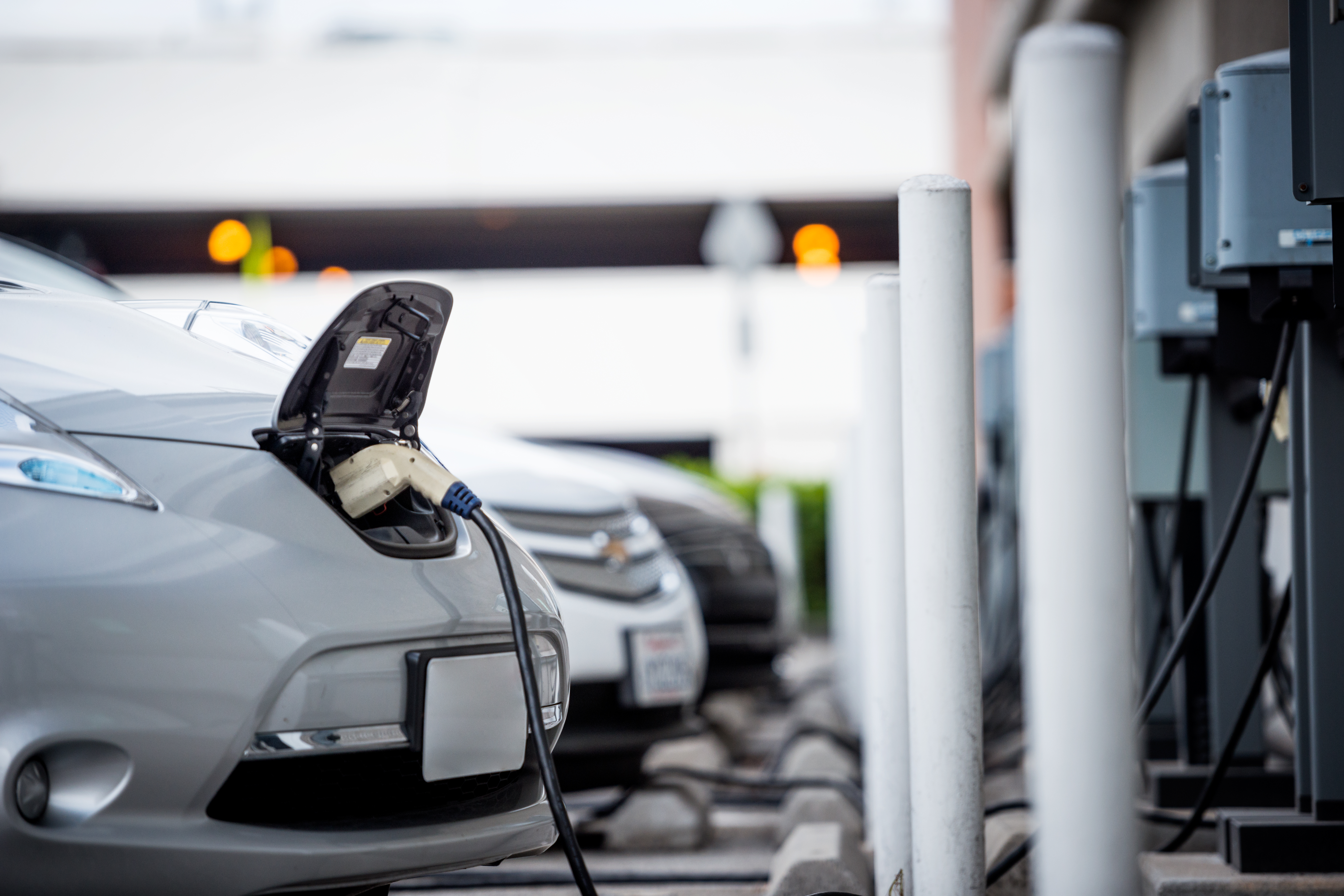 Transformers are used to power electric vehicle charging stations. Several considerations need to be made when integrating transformers and electric vehicle chargers. Electric vehicle chargers act as non-linear loads to the power grid which causes current and voltage harmonics and distortion. These harmonics make the proper selection of a transformer critical to the operation of both the transformer and the overall system.
Transformers are used to power electric vehicle charging stations. Several considerations need to be made when integrating transformers and electric vehicle chargers. Electric vehicle chargers act as non-linear loads to the power grid which causes current and voltage harmonics and distortion. These harmonics make the proper selection of a transformer critical to the operation of both the transformer and the overall system.
HPS offers a broad line of electric vehicle magnetic solutions to meet the needs of level 2 or 3 charging installations.
HPS EV Solutions by by Station Type
| Level 2 | Level 3 | |
|---|---|---|
| Single Phase, Low Voltage |
|
|
| Three Phase, Low Voltage |
|
|
| Three Phase, Medium Voltage |
|
HPS EV Charging Products

EV Charging Distribution Transformers
HPS offers general purpose and K-factor EV charging distribution transformers in a variety of configurations to suit a wide range of environments. These transformers can be specified with integral surge protection devices to help reduce the impact of damaging voltage spikes. K-factor transformers are designed to withstand the additional heating and elevated neutral currents commonly associated with EV charging. For added protection in harsh weather, HPS offers an optional 3RE+ enclosure that is UL-certified and tested in real-world conditions.
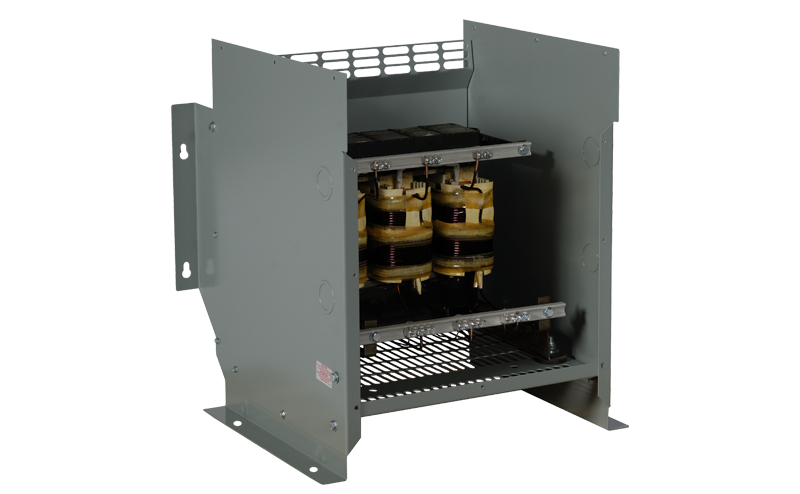
Autotransformers
HPS three-phase autotransformers are designed for applications where voltage adjustments are needed within an electrical distribution system. They are frequently used as an economical alternative to three phase general purpose distribution transformers matching supply voltage to charger requirements when electrical isolation from the source is not necessary. Autotransformers can be used as either a step-up or step-down transformer.
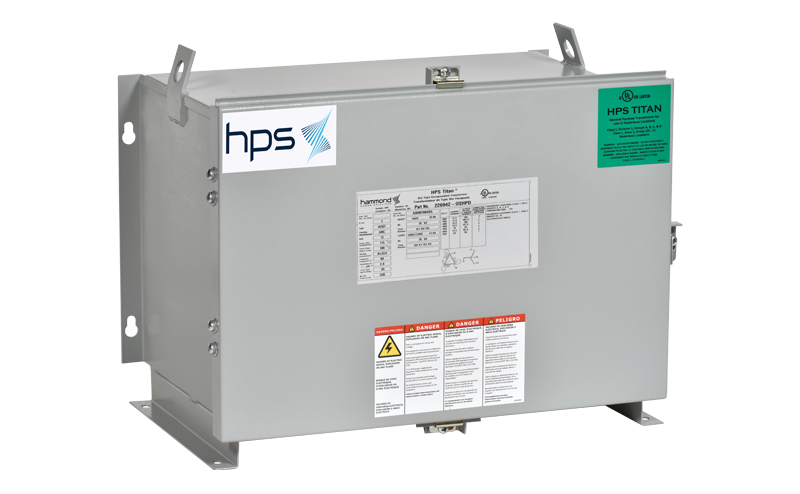
Encapsulated Transformers
For installations using single phase loads, HPS offers a broad line of solutions including our encapsulated transformers for commercial applications. For locations requiring a hazardous location rating, HPS offers encapsulated transformers for hazardous applications.
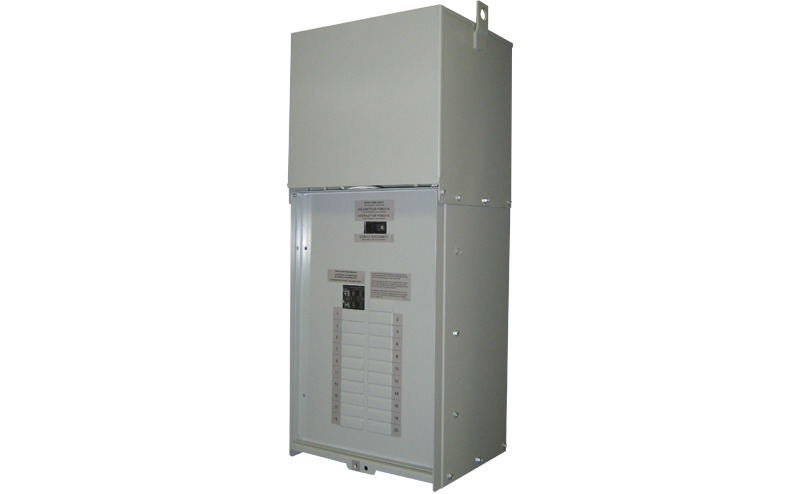
Mini Power Centers
The HPS mini power center can offer a securable power distribution point with a primary disconnect, single phase transformer and secondary panel to power one or more EV chargers.
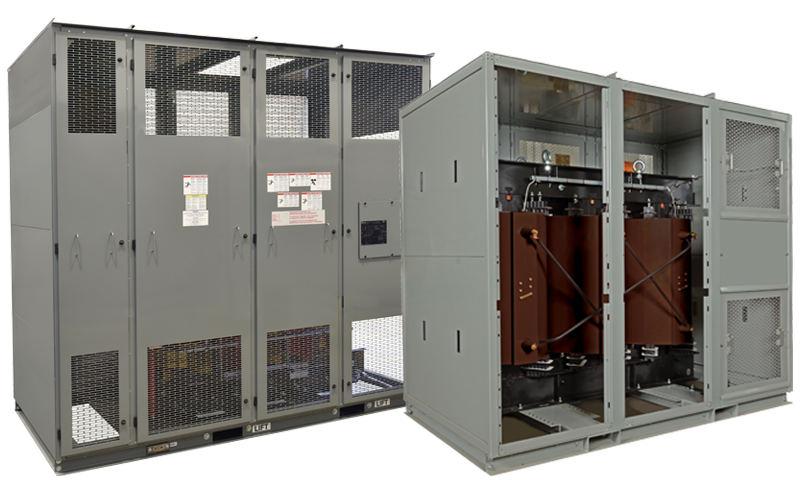
Medium Voltage Transformers
For larger commercial scale charging systems where medium voltage power is required, HPS medium voltage VPI transformers and medium voltage cast resin transformers provide secure and safe solutions. Both transformers can be supplied with a wide variety of accessories including enclosures suitable for outdoor environments. Multiple secondary designs are also offered for OEMs with several fast DC chargers powered from a central system.
EV Charging Resources
Technical Articles
- HPSTA1-EV Using Magnetic with Electric Vehicle Applications
- HPSTA2-EV Transformers for Powering EV Charging Stations
EV Charging Literature
- EV Charging Solutions
- EV Charging Distribution Transformers - Coming Soon
Presentation
